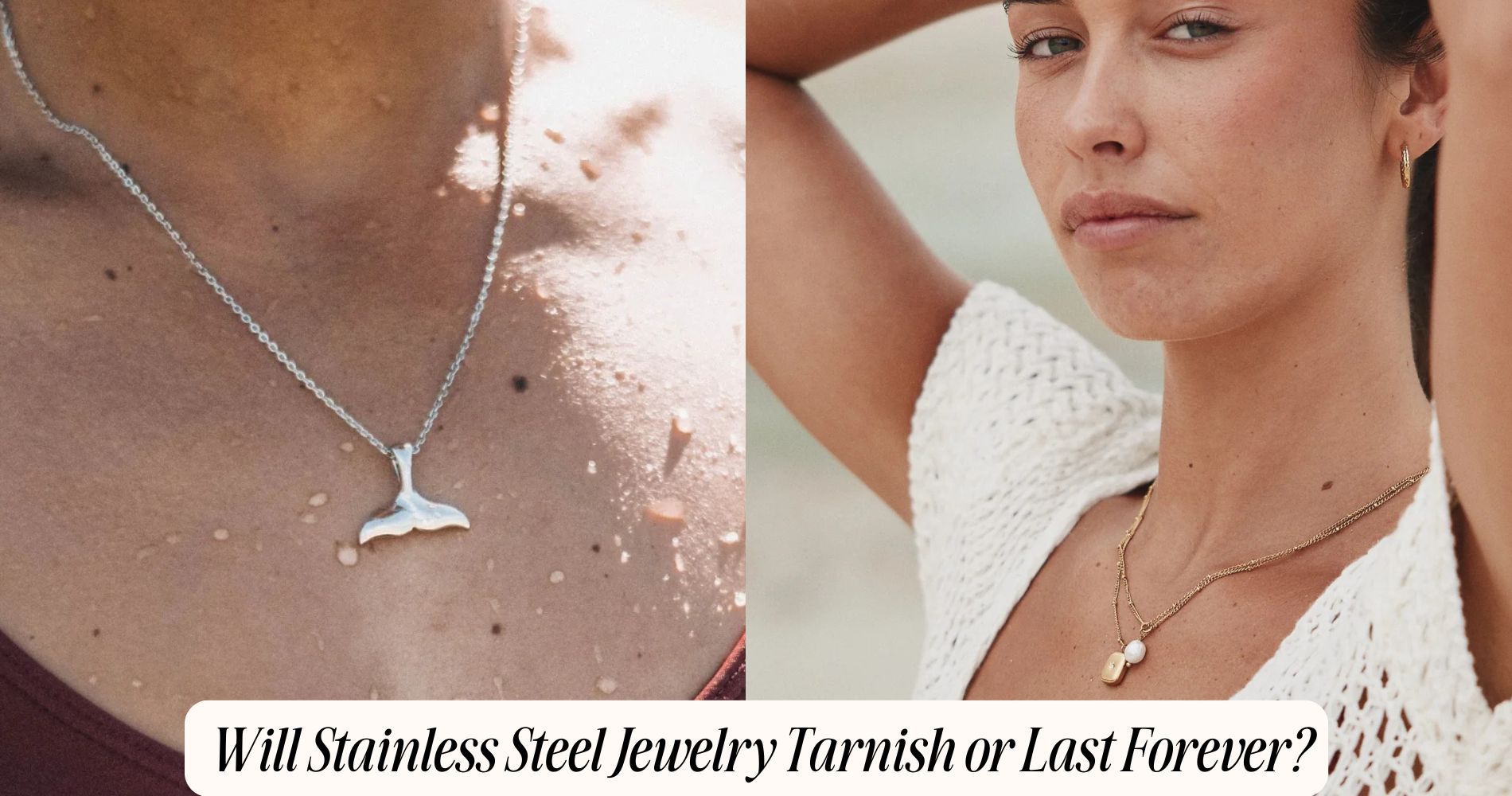
Will Stainless Steel Jewelry Tarnish or Last Forever?
People often ask, “will stainless steel jewelry tarnish?” Thanks to its high chromium content, stainless steel forms a self-repairing oxide layer that resists corrosion and environmental damage. In particular, grades like 316L (surgical steel) offer superior resistance and hypoallergenic properties, making them ideal for daily wear compared to silver or gold. While harsh chemicals, frequent moisture, and abrasive conditions can eventually affect its surface, proper care and attention to alloy quality can keep your pieces looking like new. Explore our Simple Stainless Steel Necklace collection to discover durable, elegant designs built to last.
Understanding the Composition of Stainless Steel Jewelry
Although stainless steel jewelry might appear similar to other metal accessories, its unique composition sets it apart.
When you examine stainless steel composition, you'll find it's an alloy primarily made from iron, chromium (at least 10.5%), and often nickel or molybdenum.
Chromium is essential—it forms a passive oxide layer that enhances corrosion resistance. Nickel can increase luster and improve formability, while molybdenum boosts resistance to pitting.
The precise alloy properties depend on the stainless steel grade; for jewelry, 316L (surgical steel) is common due to its excellent balance of strength, hypoallergenic qualities, and durability.
Unlike pure metals, stainless steel’s alloy structure provides a synergy of mechanical robustness and chemical stability, making it ideal for jewelry that needs to withstand daily wear without structural degradation.
The Science Behind Tarnishing and Corrosion
When you consider why metals like silver or copper tarnish, you're observing surface-level chemical reactions with environmental agents such as oxygen, sulfur, or moisture.
These reactions, known as oxidation processes, alter the metal’s surface by forming compounds like oxides or sulfides. For example, silver reacts with sulfur in the air to create silver sulfide, which appears as dark tarnish. Copper undergoes oxidation, resulting in copper oxide and the familiar green patina.
You should understand that tarnishing and corrosion are fundamentally electrochemical phenomena.
Electrons transfer between the metal and environmental agents, destabilizing the metal’s surface. The rate and extent of these chemical reactions depend on the metal’s composition, environmental conditions, and presence of protective layers.
Preventing or minimizing these oxidation processes is key to jewelry longevity.
How Stainless Steel Compares to Silver and Gold
Many metals used in jewelry, including stainless steel, silver, and gold, exhibit distinct behaviors when exposed to environmental factors that cause tarnish.
You’ll notice that stainless steel advantages stem from its alloy composition—primarily iron, chromium, and nickel—which forms a passive chromium oxide layer. This layer acts as a barrier, considerably reducing oxidation and corrosion rates.
In a silver gold comparison, sterling silver tarnishes readily due to its copper content, which reacts with sulfur compounds in the air, forming black silver sulfide. Gold, especially at higher karats, resists tarnish because of its inertness, but lower-karat gold alloys may tarnish due to mixed base metals.
Ultimately, stainless steel offers superior resistance to tarnishing, making it a durable and low-maintenance choice for jewelry.
Everyday Factors That Affect Jewelry Longevity
Exposure to moisture, chemicals, and physical abrasion directly impacts the longevity of jewelry, even for corrosion-resistant metals like stainless steel.
Your wearing habits play an essential role; frequent contact with water, sweat, or household cleaning agents can accelerate surface oxidation and dullness.
Mechanical abrasion from daily wear, such as stacking rings or contact with rough surfaces, may induce micro-scratches, compromising the passive chromium oxide layer that protects stainless steel from corrosion.
Storage conditions matter as well. If you store your jewelry in humid environments or alongside reactive metals, you increase the risk of tarnish or pitting.
For best longevity, you should dry your jewelry thoroughly before storing and choose individual, non-abrasive compartments.
Proper care and attention to these factors will help preserve your stainless steel pieces.
Common Myths About Stainless Steel Jewelry
Although stainless steel enjoys a reputation for being impervious to tarnish and corrosion, several misconceptions persist about its true properties.
One common myth is that all stainless steel jewelry is completely maintenance-free. In reality, while stainless steel’s chromium content does provide robust resistance to oxidation, it’s not entirely immune to discoloration when exposed to harsh chemicals or extreme environmental conditions.
Another prevalent jewelry misconception is that stainless steel can’t trigger skin reactions. While far less reactive than nickel or brass, trace metal alloys—such as nickel—can still be present and may rarely cause irritation.
Through myth debunking, it’s essential to recognize that stainless steel’s durability stems from its passive layer of chromium oxide, but ongoing exposure to abrasive agents can compromise its appearance over time.
Cleaning and Maintenance Tips for Lasting Shine
When you care for stainless steel jewelry with consistent cleaning and proper storage, you preserve its chromium oxide layer, which is essential for resisting tarnish and corrosion.
Implement cleaning techniques such as gentle washing with mild soap and warm water, using a soft-bristled brush to dislodge residues from crevices. Rinse thoroughly and pat dry with a lint-free cloth to prevent water spots.
Avoid harsh chemicals or abrasive cleaners, as they can compromise the protective layer and diminish luster.
Integrate maintenance routines by storing your pieces in a dry, airtight container, separating them from other metals to minimize surface abrasion.
Regularly inspect for signs of buildup or dullness, addressing any residues promptly to sustain ideal reflectivity and guarantee your stainless steel jewelry maintains its lasting shine.
How Hypoallergenic Is Stainless Steel Jewelry?
Because stainless steel jewelry contains a low percentage of allergenic metals like nickel, it’s widely regarded as hypoallergenic, especially in grades such as 316L and 304.
If you have skin sensitivity or a history of metal allergies, you’ll find that these stainless steel grades offer a stable, passive oxide layer that minimizes metal ion release. This protective layer considerably reduces skin reactions compared to conventional alloys containing higher nickel or copper concentrations.
Surgical-grade 316L stainless steel is particularly valued in medical and jewelry applications due to its excellent biocompatibility. However, if your skin is extremely reactive, trace amounts of nickel could still trigger minor irritation.
Generally, though, stainless steel jewelry provides a reliable, hypoallergenic alternative for most individuals prone to skin sensitivity or metal allergies.
Environmental Impact on Stainless Steel Durability
While stainless steel jewelry exhibits impressive resistance to tarnish and corrosion, its durability depends on specific environmental factors.
You’ll notice stainless steel resilience can be compromised by prolonged exposure to harsh chemicals, such as chlorine in swimming pools or strong acids and bases. High humidity and saltwater environments accelerate the oxidation process, potentially leading to surface discoloration or pitting.
Even your own sweat, which contains salts and organic acids, can contribute to gradual degradation if not cleaned regularly. Urban environments with high air pollution may also deposit corrosive particles onto your jewelry, affecting its protective chromium oxide layer.
To maintain ideal stainless steel resilience, you should minimize direct exposure to these aggressive environmental factors and clean your jewelry regularly to preserve its protective surface integrity.
Signs Your Stainless Steel Jewelry Needs Attention
Even with stainless steel’s notable resistance to environmental stressors, you may still encounter subtle indicators that your jewelry requires maintenance.
Carefully inspect each piece for surface abrasions, micro-scratches, or evidence of wear and tear, especially along edges and clasps—these areas experience the most friction.
Discoloration signs, though rare, can manifest as a yellowish or brownish hue, often resulting from exposure to harsh chemicals or prolonged skin contact.
If you notice a loss of luster or a cloudy film, these are further indications that contaminants or residues have accumulated.
Additionally, check for any roughness or pitting, which may signal localized corrosion, particularly if the piece has been exposed to chlorinated water or acidic environments.
Prompt attention extends your jewelry’s pristine appearance.
Choosing Quality Stainless Steel Jewelry Pieces
Selecting high-quality stainless steel jewelry requires understanding key material grades and their compositional differences. You should prioritize grades like 316L, known for its superior corrosion resistance due to a higher molybdenum content, which minimizes tarnish and pitting.
Evaluate the alloy’s nickel content, as lower levels reduce allergenic reactions. For ideal longevity, choose pieces crafted with precise machining and seamless finishing, which enhance both durability and comfort.
Design considerations matter—well-engineered clasps and secure settings extend the lifecycle of your jewelry. Always assess brand reputation; trusted manufacturers adhere to strict metallurgical standards and consistently deliver reliable alloys.
Scrutinize product certifications or documentation that verify material authenticity and hypoallergenic properties. By combining scientific assessment with careful attention to design and brand, you’ll select stainless steel jewelry that truly lasts.
Frequently Asked Questions
Can Stainless Steel Jewelry Be Resized or Repaired Easily?
You’ll find jewelry resizing and repair options for stainless steel limited due to its high tensile strength and hardness. Specialized tools and expertise are required, making these procedures more complex and less flexible than with gold or silver alloys.
Is Stainless Steel Jewelry Magnetic?
You'll notice that stainless steel jewelry exhibits magnetic properties due to its iron content, though the degree depends on alloy composition. For jewelry care, avoid exposing pieces to strong magnets to prevent accidental attraction or misalignment of components.
Will Stainless Steel Jewelry Set off Metal Detectors?
You might trigger a security alarm, as stainless steel’s conductivity and density often fall within metal detector sensitivity ranges. Jewelry security concerns increase with larger or multiple pieces, since detectors reliably identify most stainless steel alloys based on electromagnetic response.
Can Stainless Steel Jewelry Be Engraved?
You can engrave stainless steel jewelry using methods like laser engraving and rotary engraving. These engraving techniques let you achieve precise results and intricate design options, thanks to stainless steel's hardness, corrosion resistance, and compatibility with modern engraving technologies.
Does Stainless Steel Jewelry Come in Different Colors?
You’ll find stainless steel jewelry in various color options and finish types. Manufacturers use techniques like physical vapor deposition and electroplating to achieve hues such as gold, black, or rose gold, alongside classic polished or brushed finishes.
Conclusion
When you choose stainless steel jewelry, you’re investing in an alloy engineered for resistance to tarnish, corrosion, and oxidation due to its chromium content. While not completely impervious to harsh chemicals, abrasion, or environmental extremes, stainless steel outperforms silver and many gold alloys in durability and hypoallergenic properties. With routine cleaning and mindful care, your stainless steel jewelry can maintain its luster and structural integrity for years—though no material is truly everlasting.







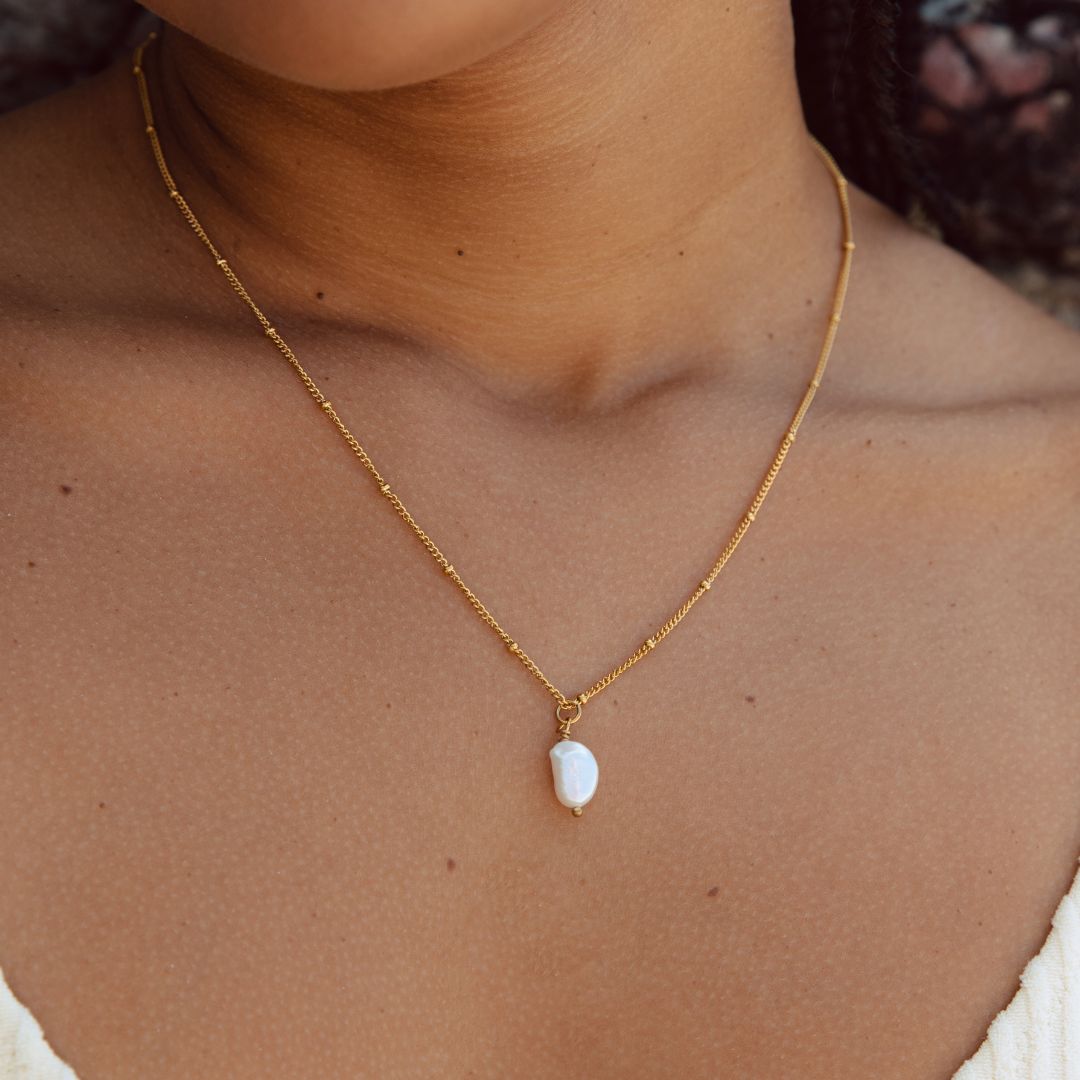

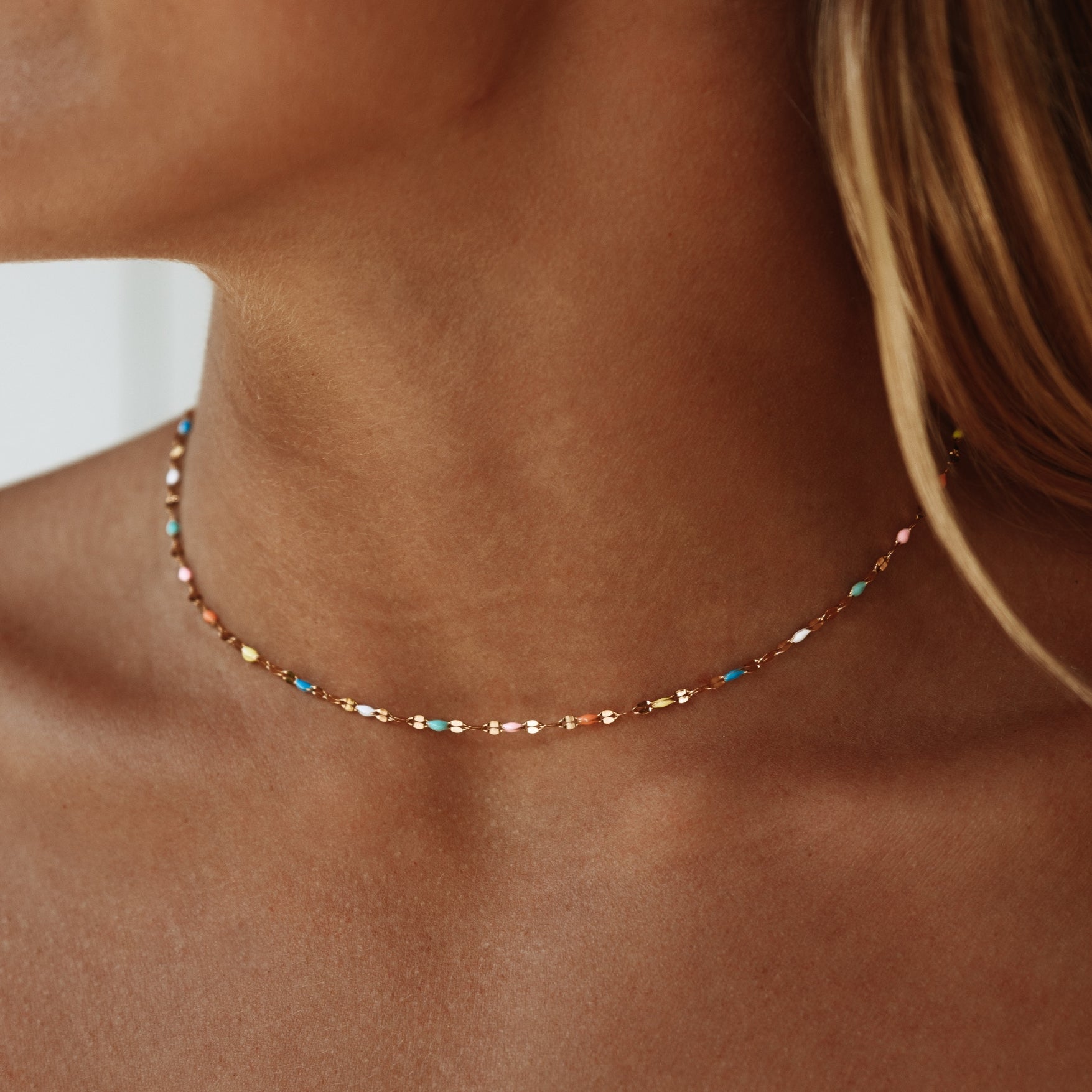


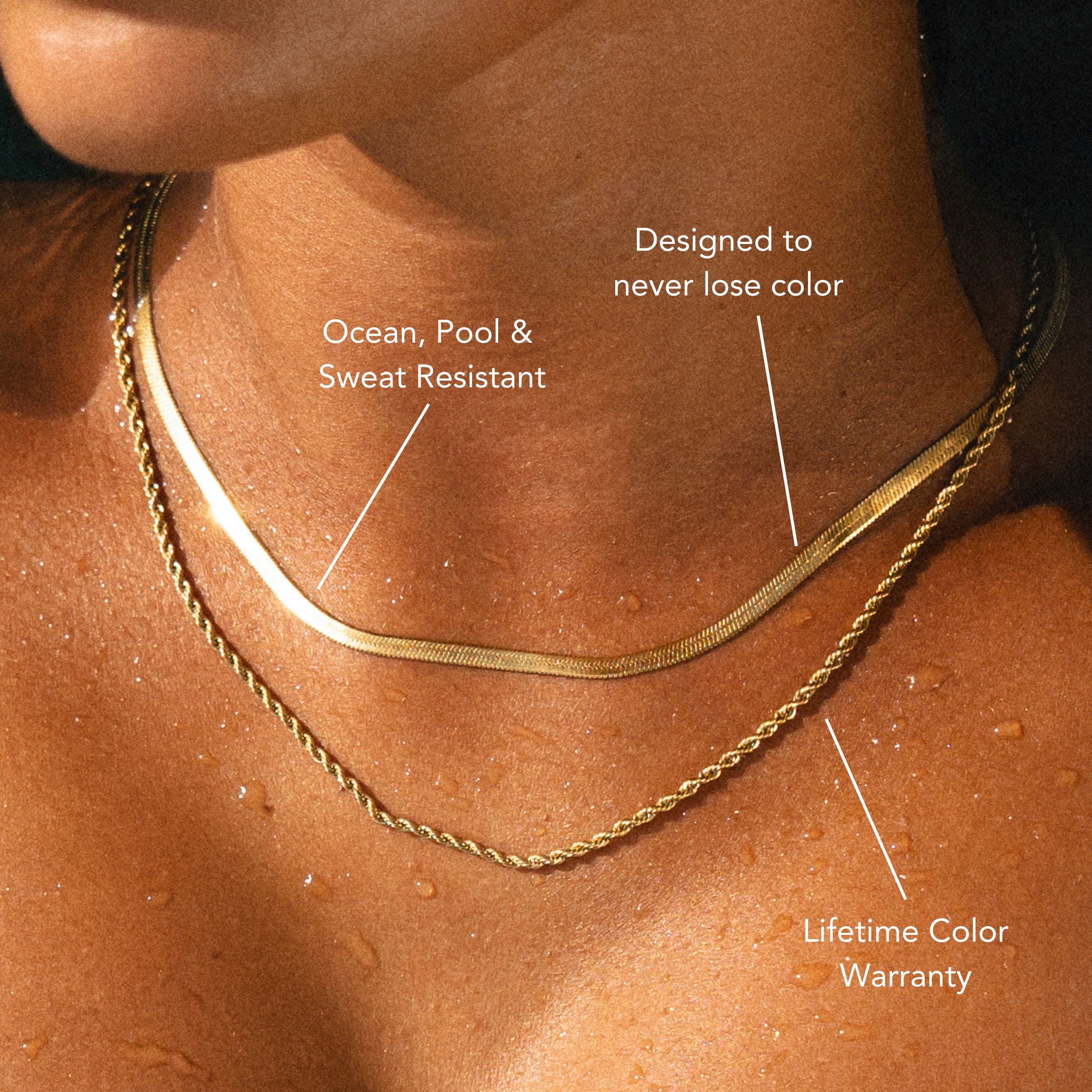
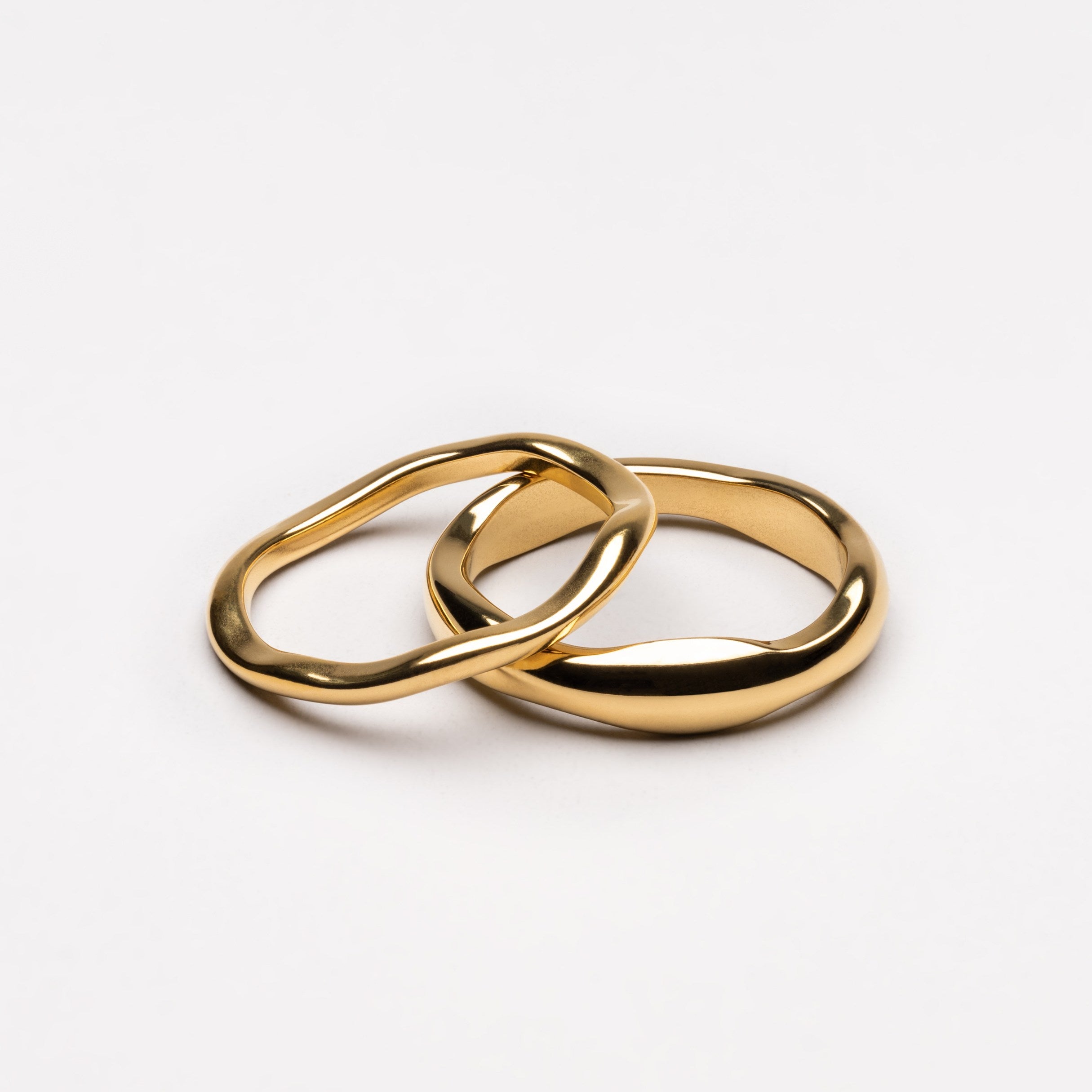


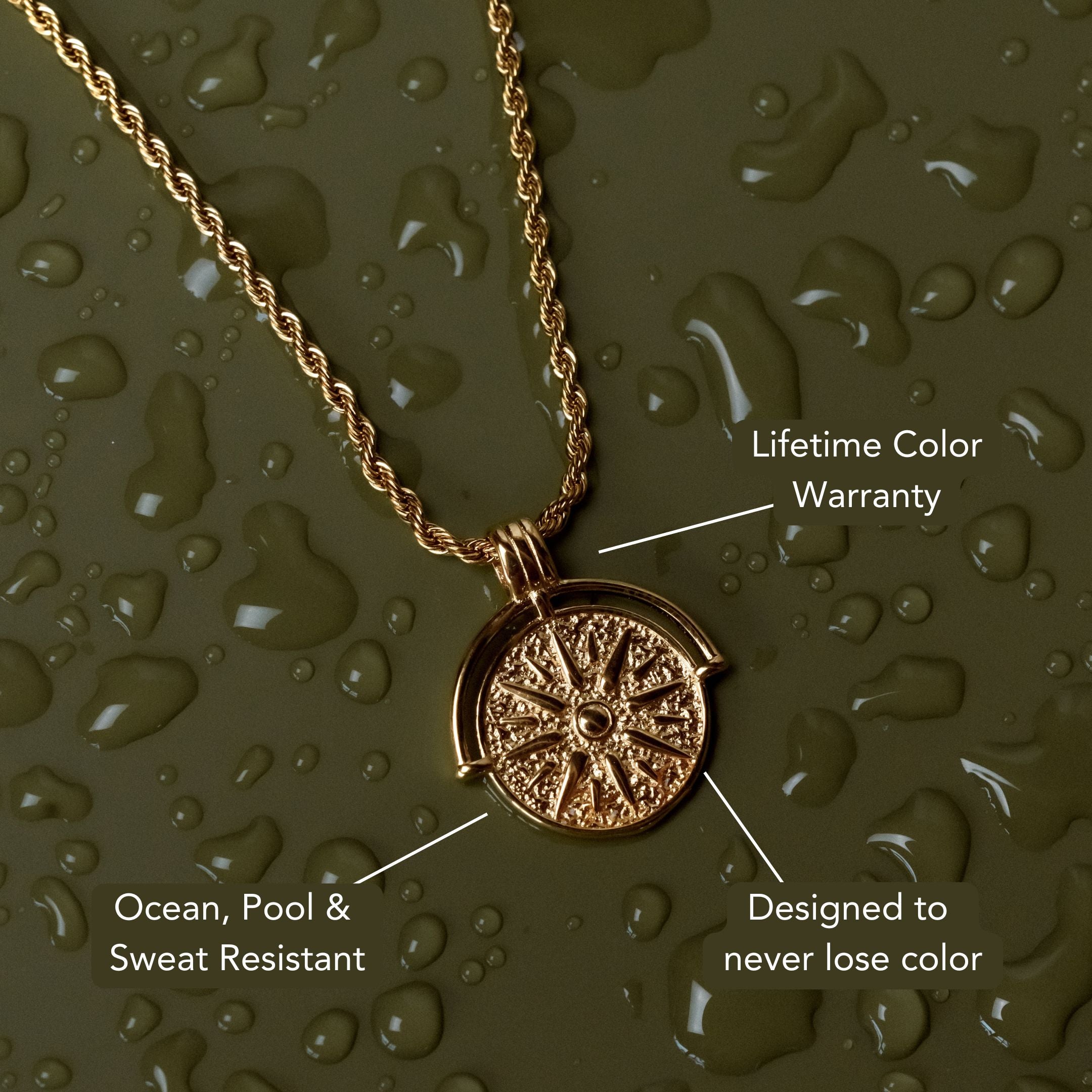
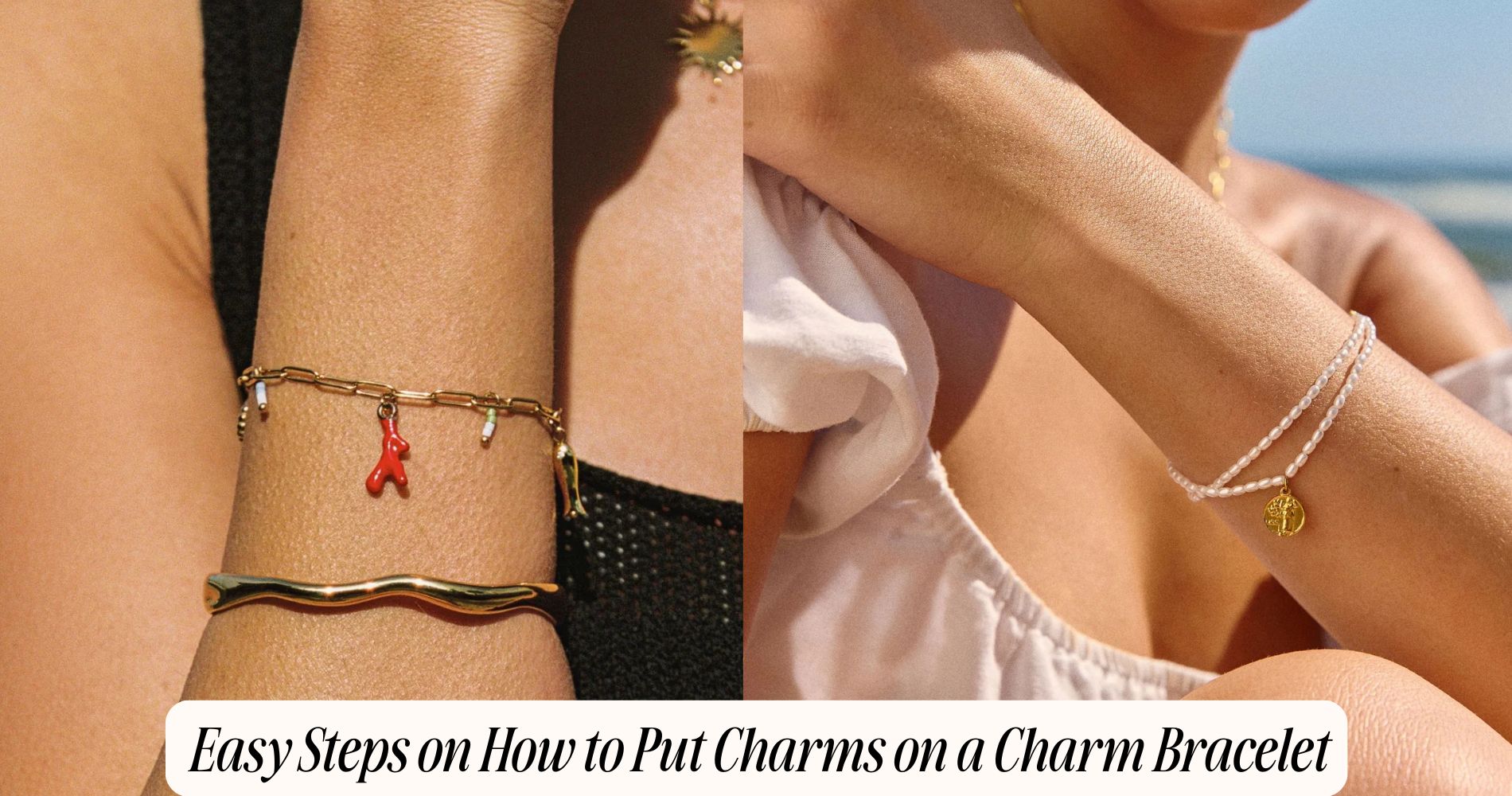
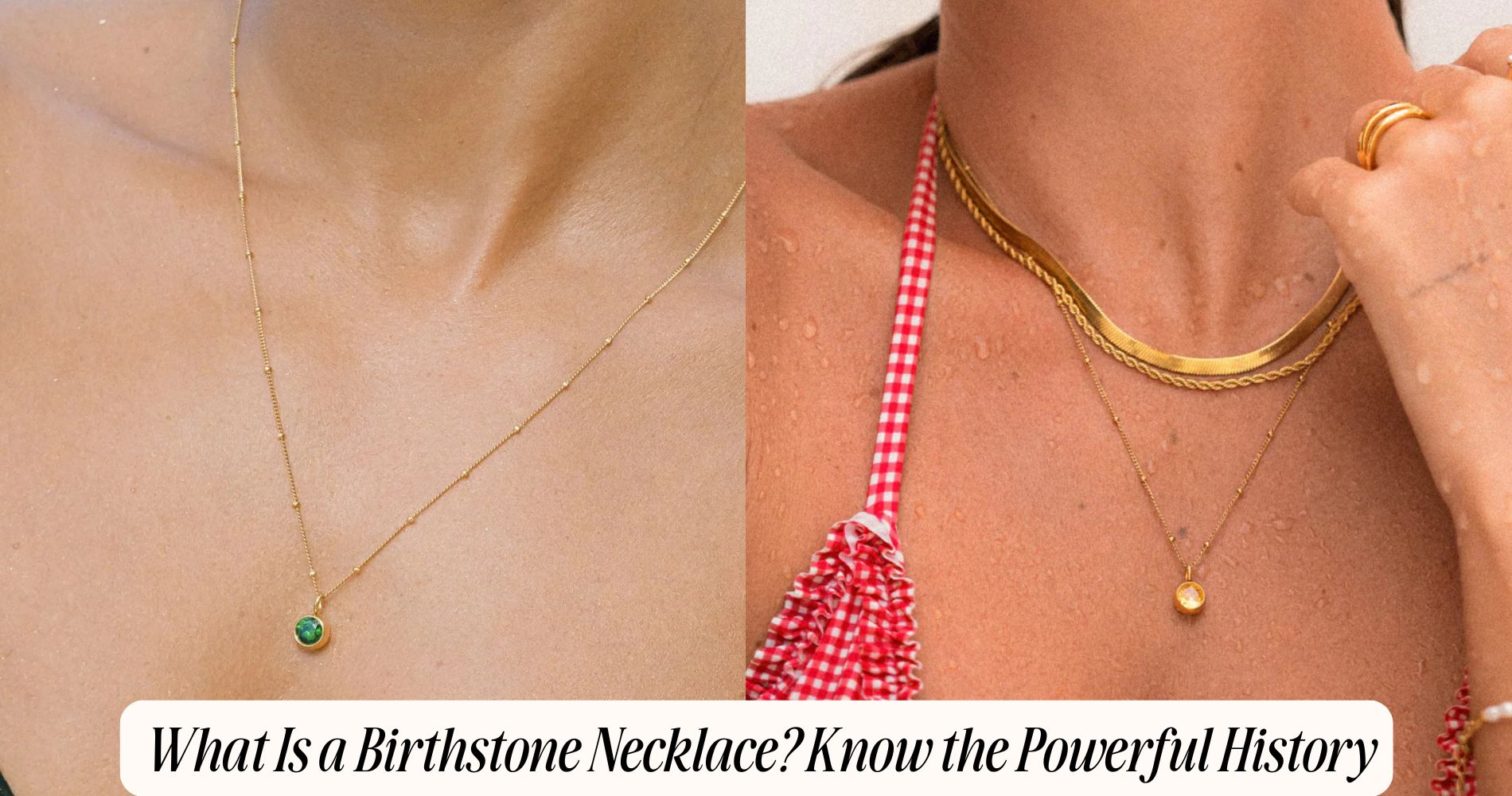




コメントを書く
このサイトはhCaptchaによって保護されており、hCaptchaプライバシーポリシーおよび利用規約が適用されます。